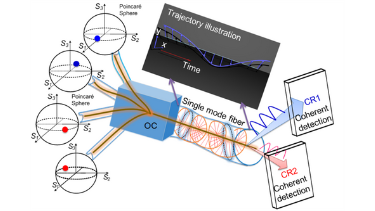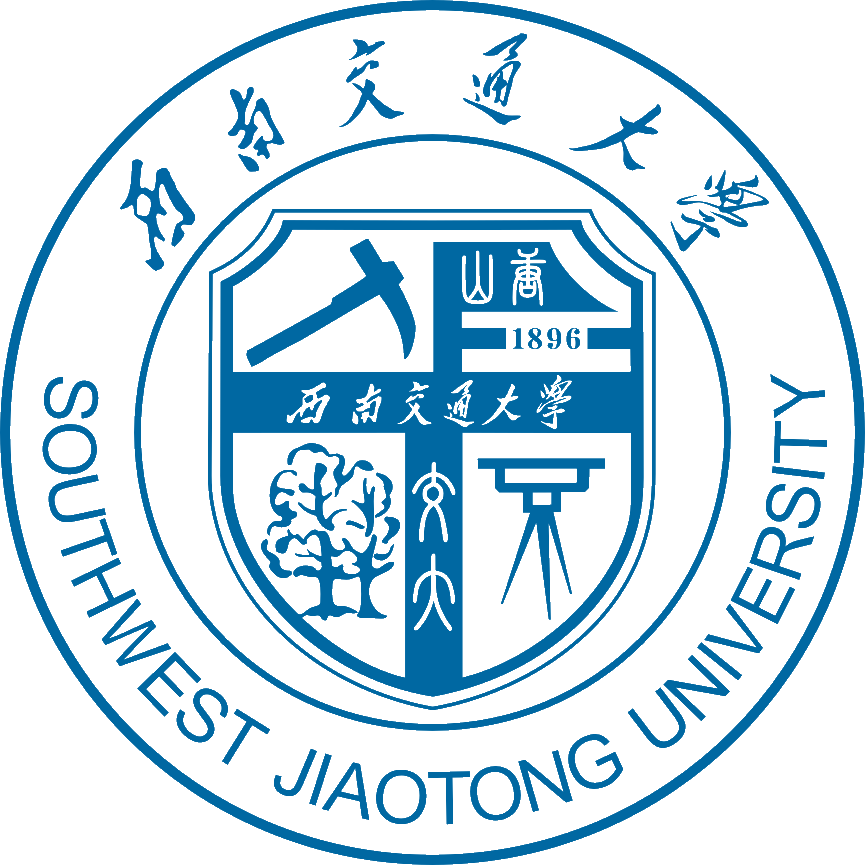Explore polarization freedom to support high-speed and spectral-efficient data transmission

Sponsored by

Sponsored by

Southwest Jiaotong University (SWJTU) firstly proposes and experimentally demonstrates a four-polarization division multiplexing scheme by proper manipulation of four linearly-polarized data channels with the same wavelength.
Increasing the system capacity and spectral efficiency (SE) per unit bandwidth is one of the ultimate goals for data network designers, especially based on those technologies that could be compatible with current embedded fibre infrastructures. Among them, polarization-division-multiplexing (PDM) scheme, which supports two independent data channels on a single wavelength with orthogonal polarization states, has become a standard one in most state-of-art telecommunication systems. However, so far only two polarization states (i.e. PDM) could be utilized, setting a barrier for further SE improvement.
SWJTU transmits four DPSK signals in four non-orthogonal polarization states, which multiplexed by 0°, 30°, 90°and 120°polarization states, respectively. Without any modification of the fibre link, the research successfully achieves 100-Gb/s four-polarization division multiplexing (4PM) DPSK signal over 150-km single mode fibre.

Conceptual illustration of 4PM-DPSK system for long-haul transmission
Furthermore, the potential of 4PM-DPSK system is shown comparable performance to PDM-QPSK systems under the same capacity and the same SE. As the first attempt to transmit more than two polarisation states over a single wavelength and standard fibre links, such demonstration may open an era for network designers to further utilize the polarization freedom for ultra-high SE and capacity fibre communication systems after further optimization.

4PM-DPSK signal demultiplexing
Lianshan Yan, full professor at SWJTU, who initiated and supervised the project, said “to fully explore the polarization freedom for capacity and SE improvement is still of great interests, and would be much more efficient due to the maturity of polarization management and high compatibility with current systems.”